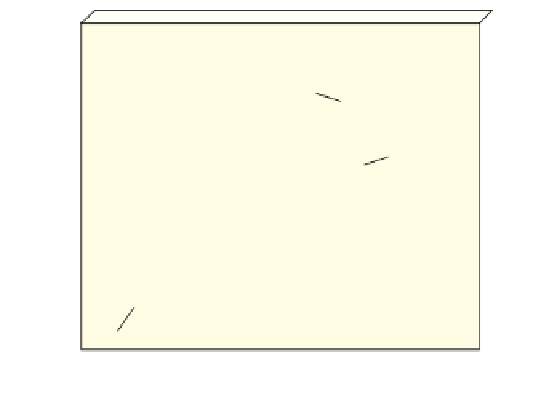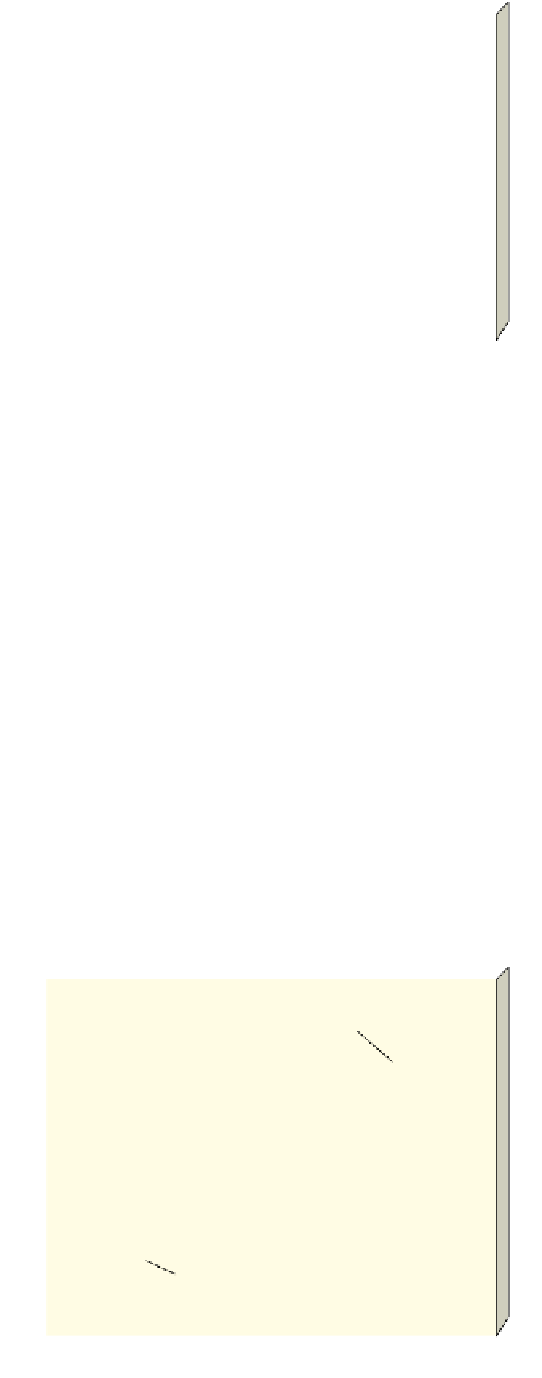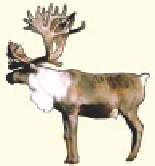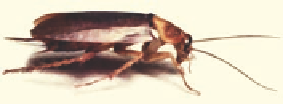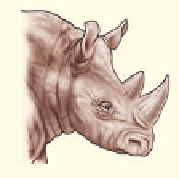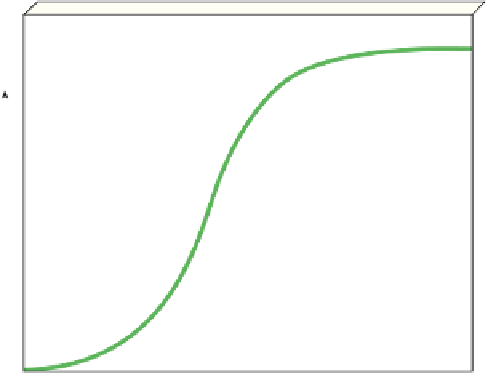Environmental Engineering Reference
In-Depth Information
environment. This occurs because of a
reproductive time
lag:
the period needed for the birth rate to fall and the
death rate to rise in response to resource overconsump-
tion. Sometimes it takes a while to get the message out.
In such cases, the population suffers a
dieback,
or
crash,
unless the excess individuals can switch to new
resources or move to an area with more resources.
Such a crash occurred when reindeer were introduced
onto a small island off the southwest coast of Alaska
(Figure 6-13).
Humans are not exempt from population over-
shoot and dieback. Ireland experienced a population
crash after a fungus destroyed the potato crop in 1845.
About 1 million people died, and 3 million people mi-
grated to other countries. Polynesians on Easter Island
experienced a population crash after using up most of
the island's trees that helped keep them alive (p. 19).
Technological, social, and other cultural changes
have extended the earth's carrying capacity for the hu-
man species. We have increased food production and
used large amounts of energy and matter resources to
make normally uninhabitable areas become habitable.
How long will we be able to keep doing so on a planet
with a finite size, finite resources, and a human popula-
tion whose size and per capita resource use are grow-
ing exponentially? We do not know the answer to this
important question.
Population
overshoots
carrying
capacity
2,000
1,500
Population
crashes
1,000
Carrying
capacity
500
0
1910
1920
1930
1940
1950
Year
Figure 6-13
Exponential growth, overshoot, and population
crash of reindeer introduced to a small island off the southwest
coast of Alaska. When 26 reindeer (24 of them female) were in-
troduced in 1910, lichens, mosses, and other food sources
were plentiful. By 1935, the herd size had soared to 2,000,
overshooting the island's carrying capacity. This led to a popu-
lation crash, with the herd size plummeting to only 8 reindeer
by 1950.
Environmental changes caused by disturbances
can allow opportunist species to gain a foothold. How-
ever, once established, their populations may crash
because of unfavorable changes in environmental con-
ditions or invasion by more competitive species. This
helps explain why most r-selected or opportunist
species go through irregular and unstable boom-and-
bust cycles in their population size.
At the other extreme are
competitor
or
K-selected
species
(Figure 16-14 and Figure 16-15, right). They
x
H
OW
W
OULD
Y
OU
V
OTE
?
Can we continue expanding the
earth's carrying capacity for humans? Cast your vote online at
http://biology.brookscole.com/miller11.
Reproductive Patterns: Opportunists
and Competitors
Some species have a large number of small offspring
and give them little parental care; other species have a
few larger offspring and take care of them until they
can reproduce.
Species use different reproductive patterns to help
ensure their survival. Species with a capacity for a high
rate of population increase (
r
)are called
r-selected
species
(Figure 6-14 and Figure 6-15, left). Such species
reproduce early and put most of their energy into re-
production. Examples include algae, bacteria, rodents,
annual plants (such as dandelions), and most insects.
These species have many—usually small—off-
spring and give them little or no parental care or pro-
tection. They overcome the massive loss of offspring by
producing so many that a few will survive to reproduce
many more offspring and thus begin the cycle again.
Such species tend to be
opportunists.
They repro-
duce and disperse rapidly when conditions are favor-
able or when a disturbance opens up a new habitat or
niche for invasion, as in the early stages of ecological
succession.
Carrying capacity
K
K species;
experience
K selection
r species;
experience
r selection
Time
Figure 6-14
Positions of
r-selected
and
K-selected
species on
the sigmoid (S-shaped) population growth curve.
